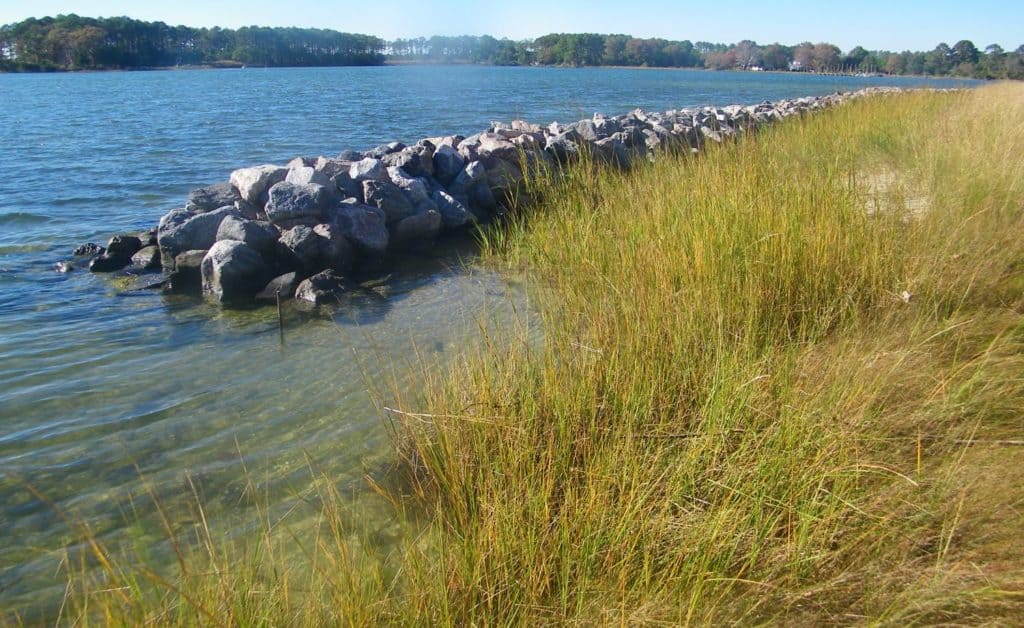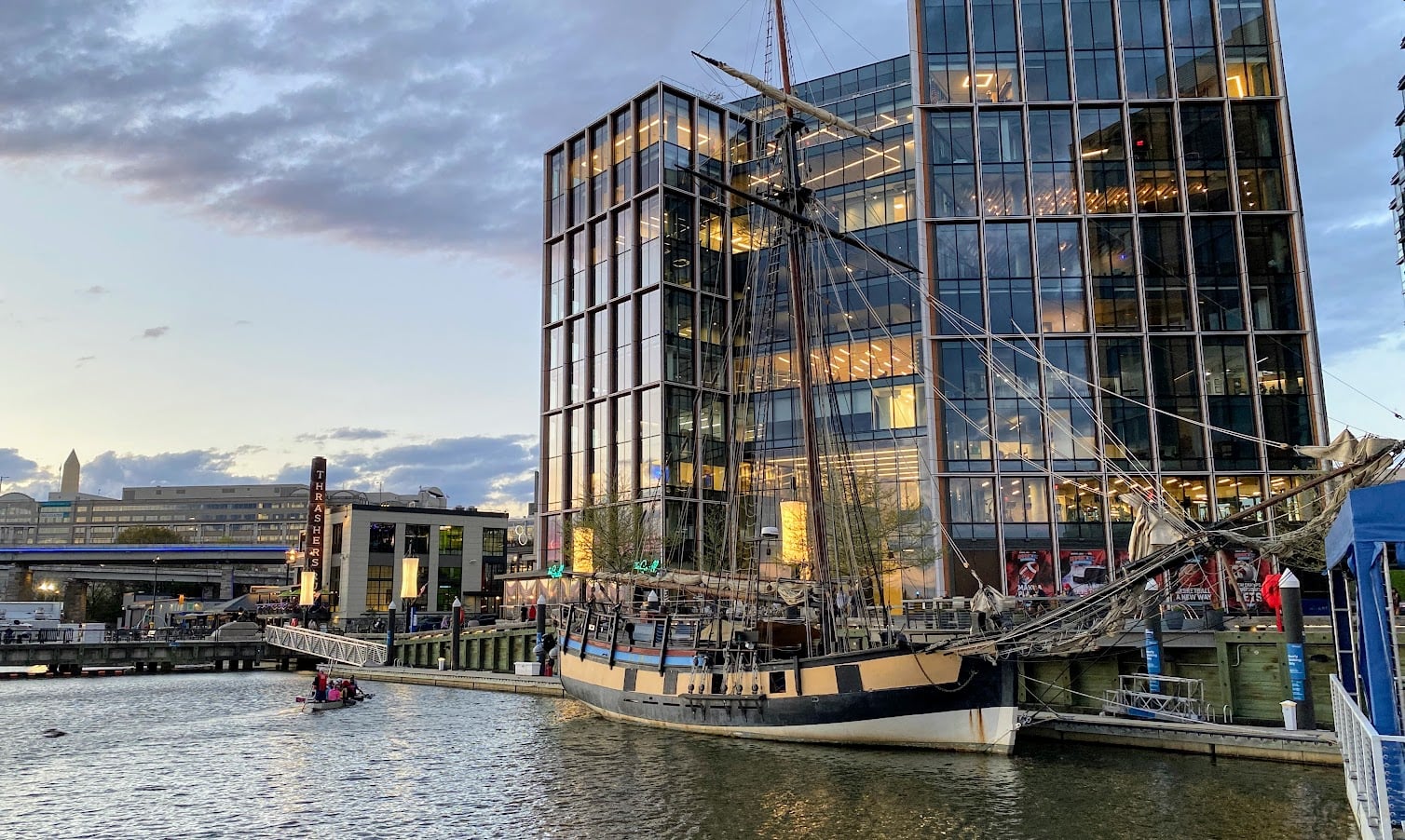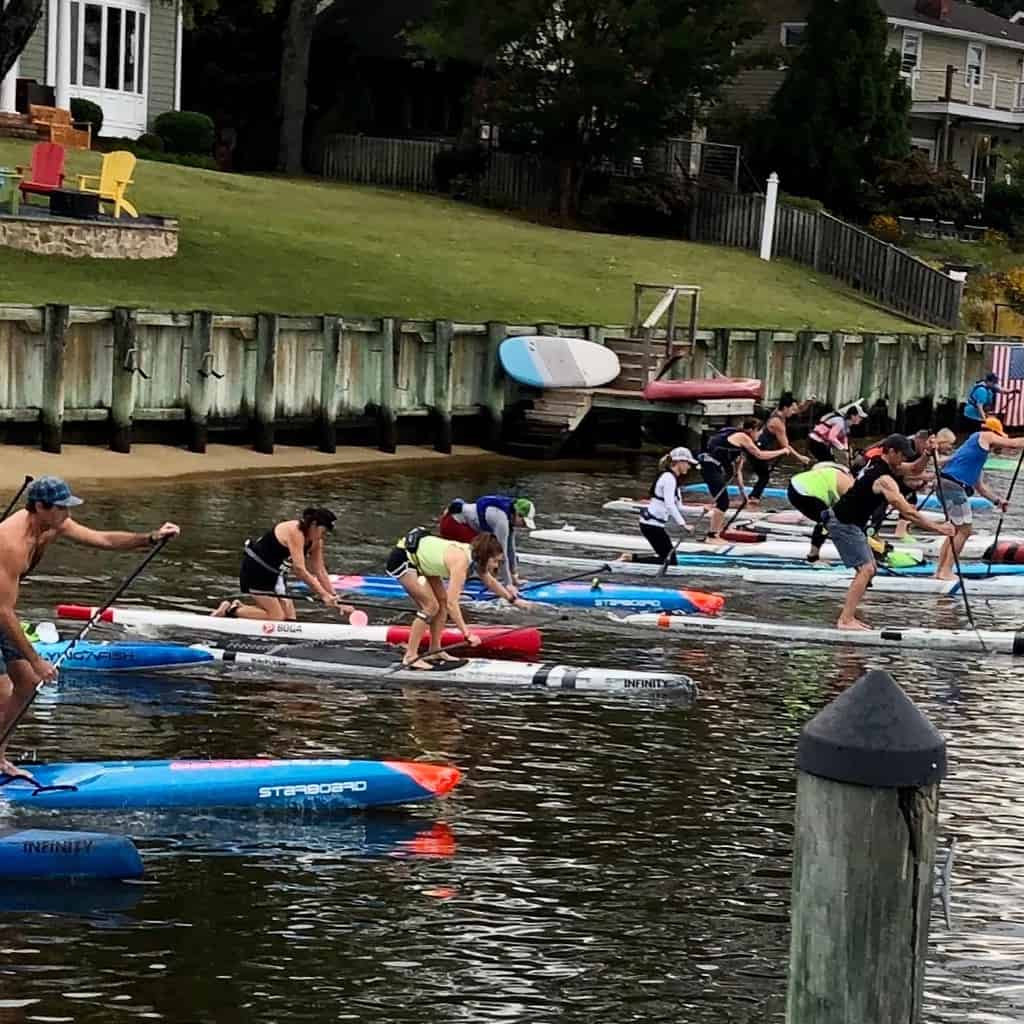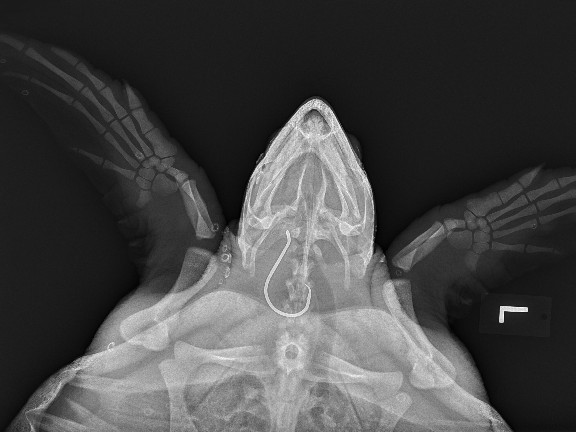Virginia is asking all waterfront homeowners to think twice before building a bulkhead–in new guidance issued by the Virginia Marine Resources Commission (VMRC). The recent guidelines establish “minimum standards for the protection and conservation of wetlands,” and “ensure protection of shorelines and sensitive coastal habitat from sea level rise and coastal hazards.”
Protection and conservation of tidal wetlands has been state policy since the landmark Wetlands Act of 1972,
with decisions on individual shoreline project applications administered by local citizen boards under review by VMRC.
What’s new in this guidance is the directive to include protection from sea level rise in the design of any wetland alteration for which a property owner applies. It comes from legislation passed by the General Assembly in 2020, though implementation has been delayed till now by the slowdown of government machinery because of COVID. That legislation in the Code of Virginia (§ 28.2-104.1. Living shorelines; development of general permit; guidance) “authorizes and encourages the use of living shorelines as the preferred alternative [emphasis added] for stabilizing tidal shorelines in the Commonwealth.”
Further, “The [Marine Resources] Commission shall permit only living shoreline approaches to shoreline management unless the best available science shows that such approaches are not suitable. If the best available science shows that a living shoreline approach is not suitable, the Commission shall require the applicant to incorporate, to the maximum extent possible, elements of living shoreline approaches into permitted projects.”
“This new guidance sets the wetland permitting process firmly into the framework of Virginia’s Coastal Resilience Master Plan,” said Jay Ford, the Chesapeake Bay Foundation’s Virginia Policy and Grassroots Advisor. “When properly designed and built, living shorelines have shown over the past 20 years that they provide major benefits not only in habitat for fish, crabs, oysters, birds, and other wildlife but in water quality improvements and protection of private property from sea level rise and erosion.”
Design of living shorelines is always specific to the conditions of each particular site, but the science of design has advanced greatly, with technical assistance from the Center for Coastal Resources Management at the Virginia Institute of Marine Science (VIMS) and the Shoreline Erosion Advisory Service at the Virginia Department of Conservation & Recreation.
The more property owners learn about the clean water, habitat, and resilience benefits that living shorelines provide and contractors gain skills in building them, the more the Chesapeake and we who love it will benefit as well.
-John Page Williams




